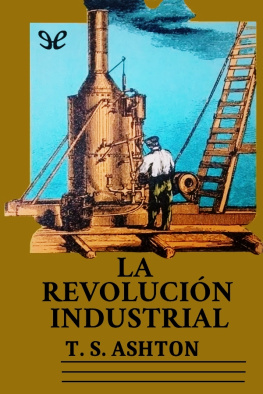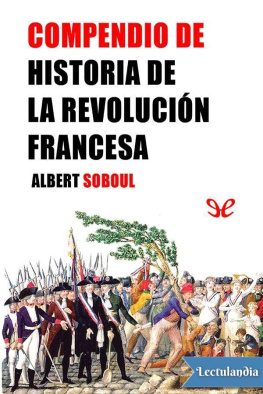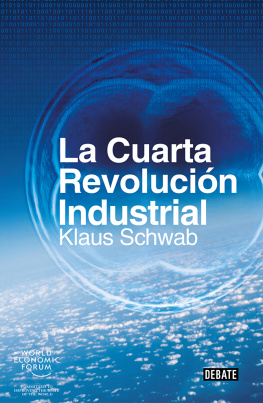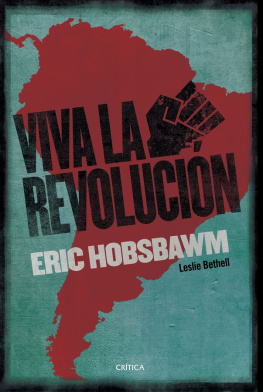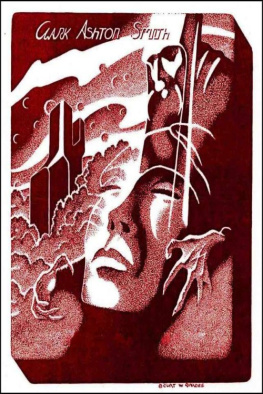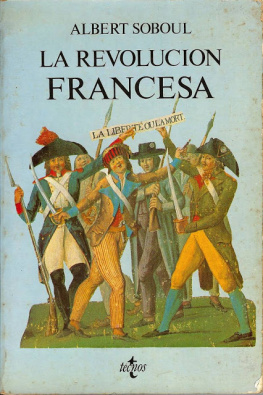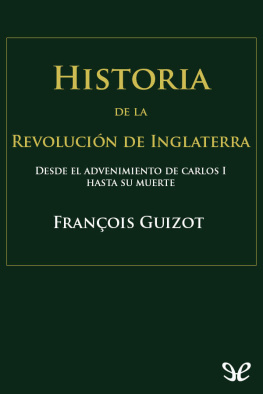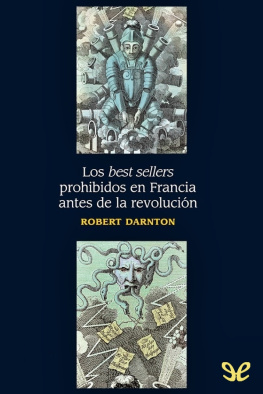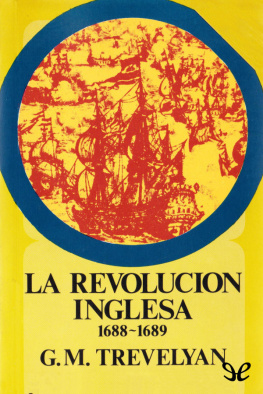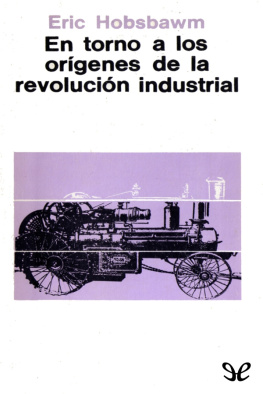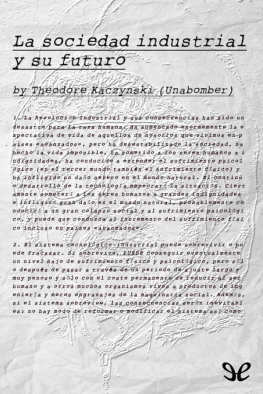BIBLIOGRAFÍA
LA OBRA clásica en la materia es la de P. Mantoux, The Industrial Revolution in the Eighteenth Century (ed. revisada, 1961). Magníficas introducciones escritas desde puntos de vista diferentes, pueden encontrarse en los volúmenes debidos a A. Redford, The Economic History of England, 1760-1860 (1936); y en el de J. L. y Barbara Hammond The Rise of Modern Industry (5.ª ed., 1937). El estudiante también debería consultar a C. R. Fay, Great Britain from Adam Smith to the Present Day (1928); A. P. Usher, Historia de las invenciones mecánicas (ed. FCE); W. Bowden, Industrial Society in England towards the End of the Eighteenth Century (1925); a J. H. Clapham, An Economic History of Modern Britain, vol. I (1926); T. S. Ashton, An Economic History of England: the 18th Century (1955); L. S. Pressnell (ed.), Studies in the Industrial Revolution (1960), y Phyllis Deane y W. A. Cole, British Economic Growth 1688-1959 (1962). Sin embargo, mucho de lo mejor escrito y publicado recientemente no se encuentra en libros, sino en artículos, demasiado numerosos para ser mencionados en este lugar, pero están en las revistas Economic History Review, Business History y en el Journal of Economic History norteamericano.
Algunas personas encontrarán más satisfactorio aproximarse al problema a través del estudio especializado de una región en lo particular, tal como existe en los siguientes volúmenes: A. H. Dodd, The Industrial Revolution in North Wales (1933); H. Hamilton, The Industrial Revolution in Scotland (1932); J. D. Chambers, Nottinghamshire in the Eighteenth Century (1932), y W. H. B. Court, The Rise of the Midland Industries, 1600-1838 (1938); A. H. John, The Industrial Development of South Wales, 1750-1850 (1950); J. Rowe, Cornwall in the Age of the Industrial Revolution (1953); T. C. Barker y J. R. Harris, A Merseyside Town in the Industrial Revolution: St Helens (1954); J. D, Chambers, “The Vale of Trent 1670-1800” (Suplemento, Ec. Hist. Rev., 1957), y J. D. Marshall, Furness in the Industrial Revolution (1958). Otros, que desean concentrar su atención en el estudio de una industria en lo particular, cuentan amplio campo donde escoger, entre otros los estudios de Lord Ernle, English Farming, Past and Present (nueva edición, 1936); Naomi Riches, The Agricultural Revolution in Norfolk (1937); H. Heaton, The Yorkshire Woollen and Worsted Industries from the Earliest Times up to the Industrial Revolution {1920); E. Lipson, History of the Woollen and Worsted Industries (1921); W. B. Crump, The Leeds Woollen Industry, 1780-1820 (1931); A. P. Wadsworth y Julia de L. Mann, The Cotton Trade and Industrial Lancashire, 1600-1780 (1931); G. W. Daniels, The Early English Cotton Industry (1920); T. S. Ashton, Iron and Steel in the Industrial Revolution (1924); T. S. Ashton y J. Sykes, The Coal Industry of the Eighteenth Century (1929); H. Hamilton, The English Brass and Copper Industries to 1800 (1926); A. y N. Clow, The Chemical Revolution (1952); C. H adfield, British Canals: An Illustrated History (1950); P. Mathias, The Brewing Industry in England, 1700-1830 (1959); y Ralph Davis, The Rise of the English Shipping Industry (1962). Otras monografías sobre los esfuerzos realizados por los industriales son las debidas a Samuel Smiles, The Lives of the Engineers (1861-1862) ; G. Unwin, A. Hulme y G. Taylor, Samuel Oldknow and the Arkwrights (1924); H. W. Dickinson y Rhys Jenkins, James Watt and the Steam Engine (1927); T. H. Marshall, James Watt, 1736-1819 (1925); H. W. Dickinson, Matthew Boulton (1937); E. Roll, An Early Experiment in Industrial Organization (1930) y T. S. Ashton, An Eighteenth-Century Industrialist: Peter Stubs of Warrington, 1755-1806 (1939); A. H. John (ed.), Minutes relating to Samuel Walker & Co., Rotherham (1951); L. S. Sutherland, A London Merchant 1695-1774 (1933); R. Pares, A West-India Fortune (1950); A. Raistrick, Dinasty of Iron Founders (1951); R. S. Fitton y A. P. Wadsworth, The Strutts and the Arkwrights (1958): R. H. Campbell, Carron Company (1961), y M. W. Flinn, Men of Iron: The Crowleys in the Early Iron Industry (1962). Entre las biografías de los hombres más distinguidos durante el periodo, deben citarse las de G. D. H. Cole, Life of William Cobbett (1924), y del mismo autor Robert Owen (1925).
Sobre población y condiciones sociales se cuenta principalmente con los estudios de A. M. Carr -Saunders, Población mundial (ed. FCE); G. Talbot Griffiths, Population Problems of the Age of Malthus (1926); M. C. Buer, Health, Wealth and Population in the Early Days of the Industrial Revolution (1926); J. D. Chambers, “Population Change in Nottingham, 1700-1800” en L. S. Pressnell, op. cit., (1960}; M. Dorothy George, London Life in the XVIII Century (1925); A. Redford, Labour Migration in England, 1800-1850 (1926), e Ivy Pinchbeck, Women Workers in the Industrial Revolution, 1650-1850 (1930); y D. Marshall, English People of the Eighteenth Century (1956). D. V. Glass y D. E. C. Eversley han recolectado valiosos ensayos sobre demografía en Population in History (1965). La obra clásica sobre las asociaciones de trabajadores es la de Sidney y Beatrice Webb, History of Trade Unionism (nueva edición, 1911) y una buena pintura de la vida y aspiraciones de los trabajadores se hace en los libros de J. L. y Barbara Hammond, The Village Labourer (1911), The Town Labourer (1917) y The Skilled Labourer (1919).
Para empaparse de las corrientes políticas, religiosas y sociales predominantes en el periodo, se aconseja dirigirse directamente a las obras de autores contemporáneos, pero se encontraron útiles los libros de H. J. Laski, The Rise of European Liberalism (1936); Basil Willey, The Eighteenth-century Background (1940); G. E. Bryson, Man and Society: The Scottish Inquiry of the Eighteenth Century (1945); F. A. Hayek, Individualism, True and False (1946); E. Lipson, A Planned Economy or Free Enterprise (1944); Isabel Grubb, Quakerism and Industry before 1800 (1930), y W. J. Warnet, The Wesleyan Movement in the Industrial Revolution (1930). Para tener una idea completa de las Academias Disidentes, deberá estudiarse el libro de H. McLachlan, English Education under the Test Acts (1931).
Entre las obras sobre finanzas y política comercial, cabe citar las de A. E. Feaveryear, The Pound Sterling (1931); Sir John Clapham, The Bank of England (1944); Henry Thornton, Paper Credit of Great Britain (1802 ed. F. A. Hayek, 1939); A. Redford, Manchester Merchants and Foreign Trade, 1794-1858 (1934), y C. R. Fay, The Corn Laws and Social England (1932); L. S. Pressnell, Country Banking in the Industrial Revolution (1956). La información estadística sobre precios puede obtenerse del artículo de N. J. Silberling, “British Prices and Business Cycles, 1779-1850” (Rev. of Economic Statistics, prelim. vol. V, Sup. 2); sobre salarios, del libro de Elizabeth W. Gilboy, Wages in Eighteenth Century England (1934) y G. H. Wood, “The Course of Average Wages between 1790 y 1860” (Economic Journal, 1899); y sobre tasas del interés, la de G. F. Warren y F. Pearson, Gold and Prices (1935). Otros materiales estadísticos los provee T. S. Ashton, Economic Fluctuations in England, 1700-1800 , y E. B. Schumpeter, English Overseas Trade Statistics 1697-1808 (1960). Pero la principal obra de referencia en este campo es la de B. R. Mitchell y Phyllis Deane,

